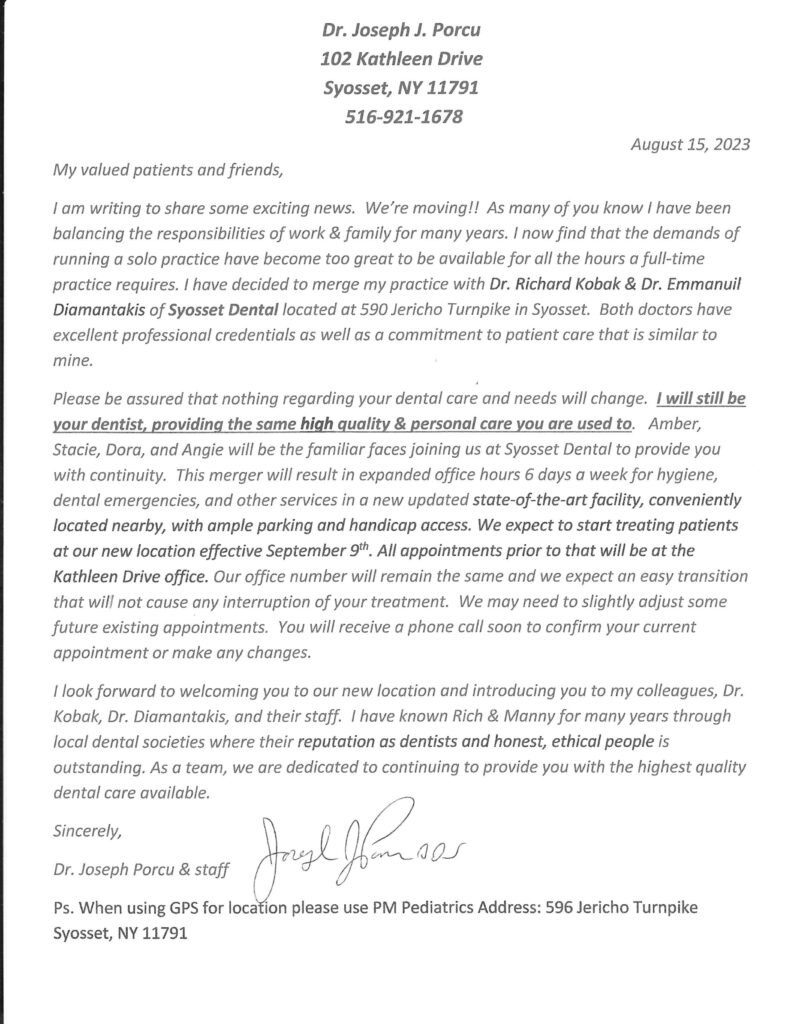 Knowing the pros and cons of your teeth replacement options can help you choose a set of replacement teeth that most closely mimics your natural ones. Dental implants, which are small prosthetic roots that are surgically inserted into the jawbone, are the only devices that can replace the roots of missing teeth, no matter how many teeth you’ve lost.
Knowing the pros and cons of your teeth replacement options can help you choose a set of replacement teeth that most closely mimics your natural ones. Dental implants, which are small prosthetic roots that are surgically inserted into the jawbone, are the only devices that can replace the roots of missing teeth, no matter how many teeth you’ve lost.
However, knowing how tooth loss occurs and taking the steps necessary to prevent it can help you preserve your natural smile, which is typically preferable to restoring it. Today, we take time to talk about tooth loss, especially how you can prevent it with proper care and maintenance.
All About Tooth Loss
1.) What causes tooth loss?
a.) Tooth decay
b.) Gum disease
c.) Accidents
d.) All of the above
2.) Tooth loss is also a natural part of aging.
a.) True
b.) False
3.) How many teeth should be lost before replacing them?
a.) 1
b.) 3
c.) 5
d.) All of your teeth on one or both dental ridges
Answers
1.) All of the above—Tooth decay directly attacks a tooth’s structure, creating holes (cavities) that grow larger and can consume the tooth’s healthy structure. Gum disease destroys the gums and jawbone that support teeth, often leading to the loss of one or more teeth by the time treatment is sought.
2.) False—Your adult set of teeth were meant to last a lifetime with proper care and maintenance. Unfortunately, when one or more teeth are damaged or lost, then restoring your smile requires the expert hands of a skilled restorative dentist. As you age, you might become more susceptible to dental disease and damage, and you may require more frequent visits to your dentist’s office for routine checkups.
3.) One—You shouldn’t wait to replace your teeth, even if you’ve only lost one. A single missing tooth root can affect your jawbone’s integrity and the future of your oral health. The longer you wait, the greater the chances of jawbone resorption and the loss of more teeth.











